I'm totally new to Android programming. I have Android Studio 3.0.1 running on Kubuntu Xenial 64-bit on a desktop with a Haswell processor.
I am configuring virtual devices. I am thinking of doing that corresponding to the physical Android devices I own. However, I notice that x86 images are placed in the "Recommended" pane:
compared to the x86_64 images of identical API version and target:
#4 of https://developer.android.com/studio/run/managing-avds.html#createavd seems to indicate that x86 images are recommended because they "run the fastest in the emulator."
A few of my old devices are x86 but the newer ones are x86_64. Should I choose x86_64 accordingly though it is not in the "Recommended" pane?
Does this make a difference when I am going to distribute APKs on Google Play Store in the future?


